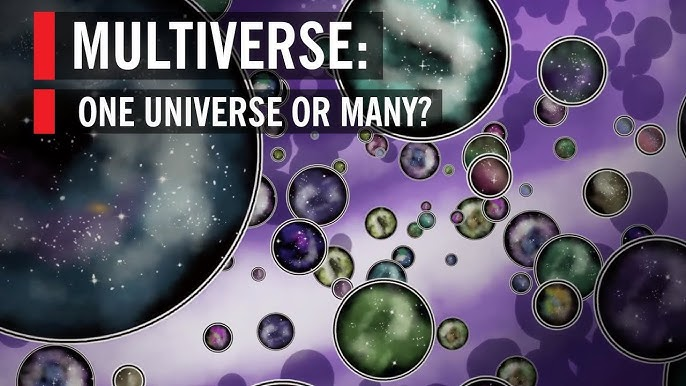Exploring the Multiverse: A Journey Through Infinite Realities

News Mania Desk/Agnibeena Ghosh/2nd August 2024
In recent years, the concept of the multiverse has surged into popular culture, captivating imaginations across the globe. From blockbuster films to scientific theories, the idea that our universe is just one of many has transformed the way we think about reality. But what exactly is the multiverse, and why is it creating such a buzz?
The multiverse theory proposes that our universe is not a solitary entity but rather one of countless universes existing simultaneously. Imagine our universe as just one bubble in an enormous cosmic foam, with each bubble representing a separate universe with its own unique laws of physics, history, and dimensions. This concept, while initially the stuff of science fiction, is now a serious topic of discussion among physicists and cosmologists.
One of the most compelling reasons the multiverse theory garners interest is its potential to solve some of the universe’s greatest mysteries. For instance, the fine-tuning problem, which questions why the universe’s fundamental constants are perfectly suited for life, might find answers in the multiverse. If there are infinite universes, each with different constants, it’s not surprising that at least one—our own—happens to support life.
In the realm of science fiction and entertainment, the multiverse concept allows for creative storytelling and imaginative possibilities. Films like “Doctor Strange in the Multiverse of Madness” and the animated hit “Spider-Man: Into the Spider-Verse” showcase multiple dimensions where different versions of characters coexist and interact. These narratives not only entertain but also illustrate the concept’s potential to explore alternative realities and divergent paths that a single decision can spawn.
Theoretical physicists have proposed several models for how the multiverse could function. One prominent theory is the inflationary multiverse, which suggests that different regions of space-time could undergo inflation at different rates, creating separate universes with distinct physical properties. Another model, the quantum multiverse, arises from quantum mechanics, where every possible outcome of a quantum event creates a new universe, leading to a vast array of parallel realities.
Yet, despite its fascinating allure, the multiverse theory remains highly speculative. The challenge lies in testing or observing these other universes, which is currently beyond our technological reach. Critics argue that without empirical evidence, the multiverse remains a philosophical and theoretical construct rather than a scientific fact.
However, the impact of the multiverse extends beyond science and fiction. It invites us to question the nature of our existence and the limits of our understanding. If the multiverse is real, it implies that every choice we make could lead to the creation of alternate realities. This idea prompts introspection about the significance of our decisions and the infinite possibilities that lie beyond our immediate perception.
In summary, the multiverse concept sparks wonder and debate by challenging our perceptions of reality. Whether through scientific exploration or creative storytelling, it offers a glimpse into a universe far more complex and intriguing than previously imagined. As we continue to explore the boundaries of science and imagination, the multiverse remains a captivating frontier, inviting us to ponder the infinite dimensions of our existence.






